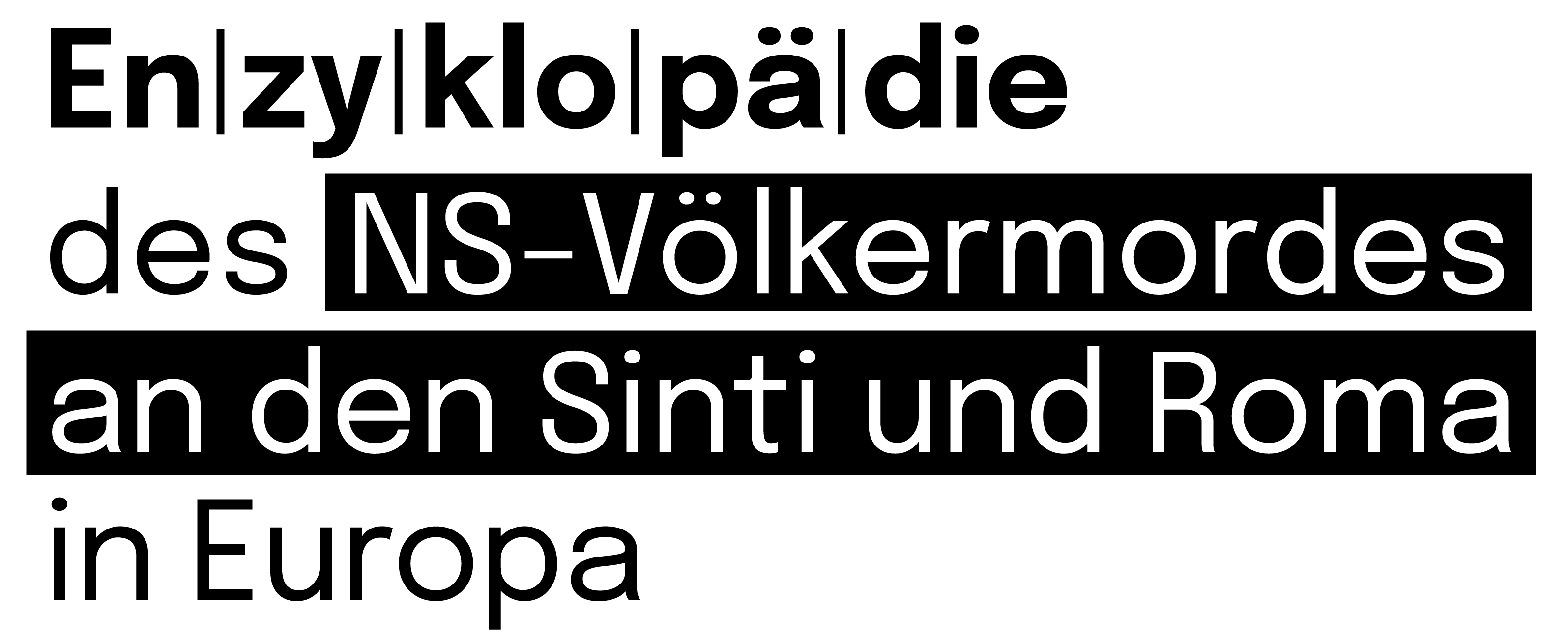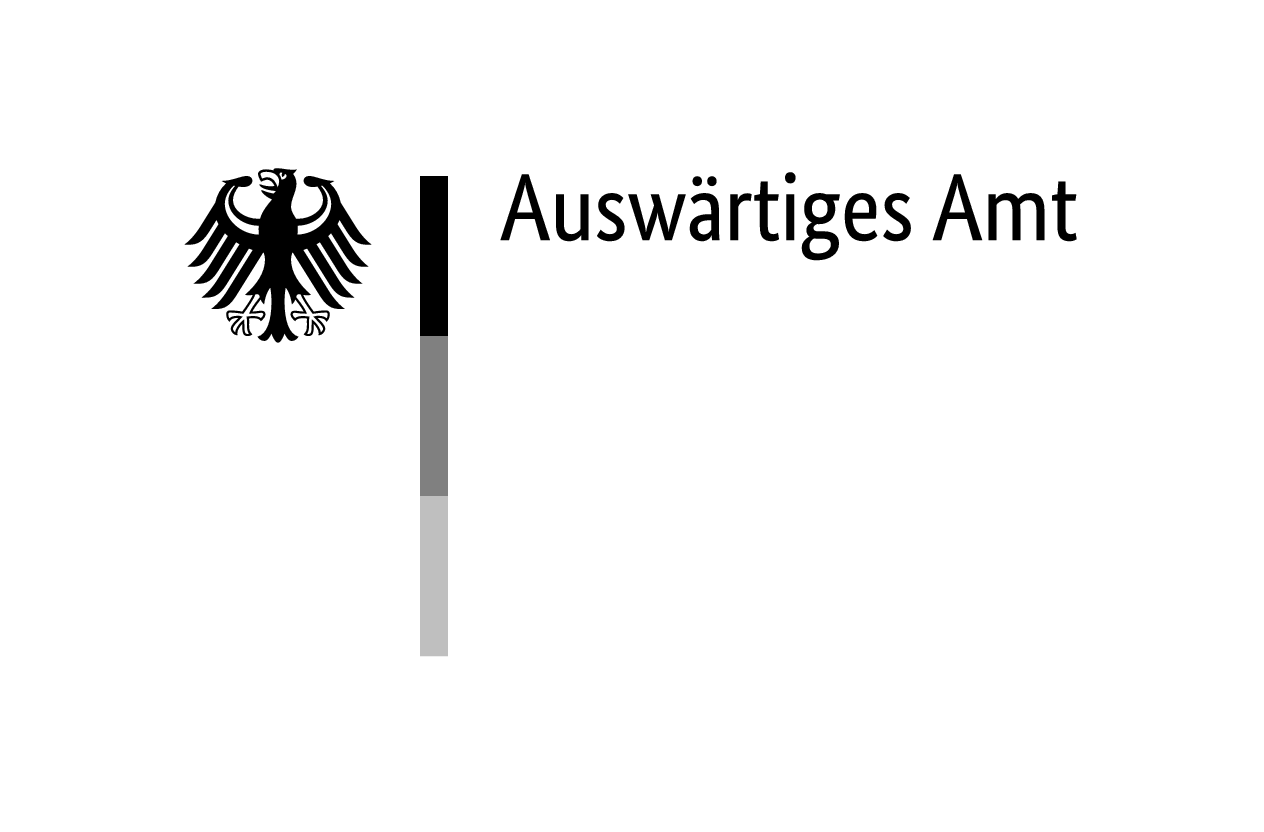The Hague, seat of government of the Netherlands and residence of the Dutch royal family, has a long history when it comes to Sinti and Roma. From the mid-nineteenth century, small groups of Sinti and Roma moved to the city. They stayed in tents along the edge of The Hague and later parked their caravans at sites, for example, in the Laakkwartier, Binckhorstlaan, Loosduinen, Slachthuiskade and Rijswijkseweg. Some of them were Kalderaš, who earned their living selling and repairing pots and pans, and some were Lovara. In the 1930s it was mainly Sinti who settled in The Hague. Some of these Sinti used the city as a permanent residence, while others—who travelled through the country in the summer with their caravans—only resided in The Hague in the winter.
Many Sinti in The Hague worked as musicians. That was also one of the main reasons to go to the city, which had an extensive nightlife, especially in surrounding places such as Scheveningen and Noordwijk. Another strong argument for staying in The Hague was the good reputation the city had in the Sinti community: there was not only relative administrative tolerance towards the group, but also a bohemian lifestyle, especially among the higher segment of the Hague bourgeoisie.
After the German Invasion
In the first two years after the German invasion in 1940, The Hague remained a relatively welcoming place for Sinti and Roma. It was still possible to travel to and from the city and the people who lived there suffered less harassment than elsewhere. The Hague police hoped to keep the peace with this approach; in this way the Sinti and Roma could be kept under supervision and control, they argued. If panic broke out, there was a good chance that people would disappear into anonymity. For a time, at least, the German occupiers were sympathetic to this argument.
From 1942, travelling became increasingly difficult for Sinti and Roma in the Netherlands. About a hundred Sinti and Roma then decided to move into houses in The Hague. Some of these people already lived in the city before the war, while some of them moved to The Hague as newcomers. Most Sinti and Roma lived in the neighbourhood that was situated around the Veenkade, the Brouwersgracht and the Hoefkade, a neighbourhood that was also characterised by the Nazis as the ‘Gypsy ghetto’, according to historian Leo Lucassen (born 1959) and anthropologist Peter Jorna (born 1959).1Lucassen, “En men noemde hen zigeuners”, 220; Jorna, Sinti en Roma in Den Haag, 9. Sufficient living space was available here, and people could live in the anonymity of the city while at the same time enjoying a certain degree of solidarity. This neighbourhood feeling also attracted new Sinti and Roma: in 1943 some families were given permission to set up a small camp site on the Veenkade with their caravans so that they could live close to relatives. There were a total of ten caravans. A special community police officer was appointed who was charged with supervising the Sinti and Roma, Arie Vlak (1903–unknown). In addition, the Sinti and Roma were obliged to register.
The Round-Up on 16 May 1944
In the early morning of 16 May 1944, the Hague police began arresting the Sinti and Roma who lived in the area around the Veenkade, the Brouwersgracht and the Hoefkade. People were taken from their homes amid loud noise and then transferred to the police station on the Mauritskade. Here they were reassured by Arie Vlak: it would all only be short-lived. The Sinti and Roma would be allowed to return home in no time. Around eight o’clock, 85 arrested Sinti and Roma were driven to the Staatsspoor station in tarpaulin-covered lorries. They were put in separate railway carriages, coupled to the regular passenger train, and each guarded by four police officers. When the train was ready, it departed for Camp Westerbork. Windows remained closed and the roller blinds were pulled down at the intermediate stations. During the raid, which took about four hours, survivors and eyewitnesses said there were opportunities for escape, especially for children. No one decided to take the chance, not least because of fear of leaving family members behind. Of the 85 Sinti and Roma arrested in The Hague, 75 were deported to Auschwitz-Birkenau concentration and extermination camp three days later. Among them were 37 children up to the age of 17 years.
After the raid, the houses in which the Sinti and Roma had lived were sealed and the caravans confiscated and parked on municipal land. Five caravans were picked up in the weeks that followed by Sinti and Roma released from Westerbork. The Sinti and Roma concerned had been released because they appeared to be in possession of Guatemalan passports. Property found in the homes such as musical instruments, jewellery, money, bedding and clothing were confiscated. Cash had to be transferred to the Commander of the Security Police (SIPO) and the Security Service (SD) in The Hague and valuables had to be sent by registered mail to the same address, marked ‘Zigeunererfassung’. Among the recipients of ‘usable’ items was the ‘Winterhulp’ (Winter Relief), an organisation that had taken over social assistance as provided by the government, private and church organisations in the Netherlands during the war years. At the end of July 1944, the confiscated houses were unsealed and from then on these houses were occupied by others.
The Aftermath
The few Sinti and Roma who managed to survive the concentration and extermination camps or who had escaped the May 1944 round-up did not have an easy time in The Hague shortly after the liberation. For example, reception and housing, although a priority, turned out to be a major problem. Sinti and Roma, as well as travellers, remained dependent on the limited and outdated pre-war campsites on the Slachthuiskade and Binckhorstlaan until the late 1960s. In addition, there was a shortage of clothing, food and medicines among the Sinti and Roma shortly after the liberation. Only a few church institutions, such as the Sint Vincentius Association (founded in 1946), were willing to help. And third, many survivors had contracted diseases such as tuberculosis, which caused some of them to die months or even years after the war.
In commemoration of the deported and murdered Sinti and Roma, the ‘Sinti and Roma Monument’ was unveiled in 1990 on the Bilderdijkstraat near the spot where the Sinti family Berger lived at the time of their deportation. An initiative of the local Sinti and Roma community, the memorial consists of a cube covered with bronze plates, with a bronze plaque that explains the history and the significance of the location. In 2020, an extensive study on the history of Sinti and Roma in The Hague was published by Peter Jorna.




